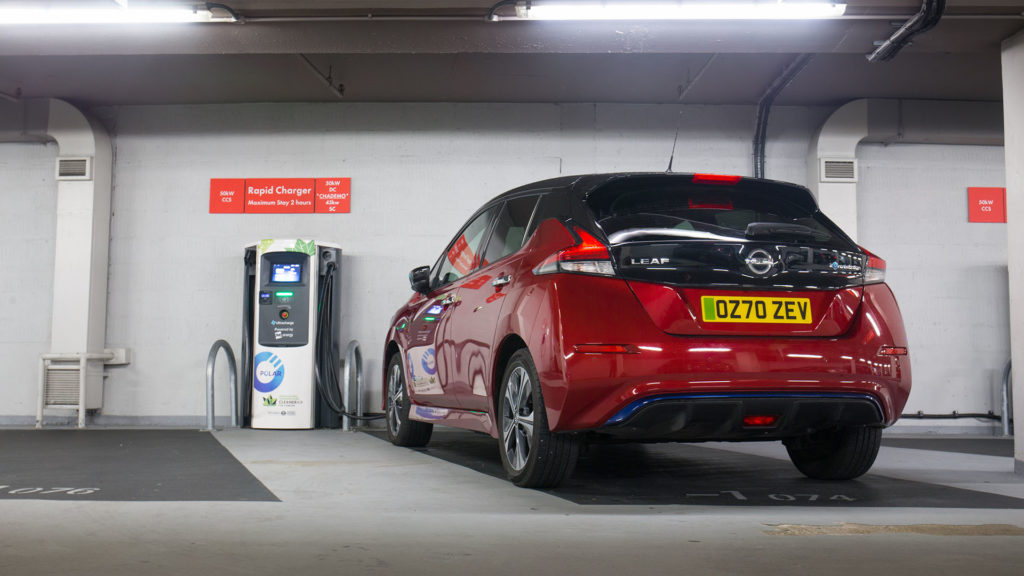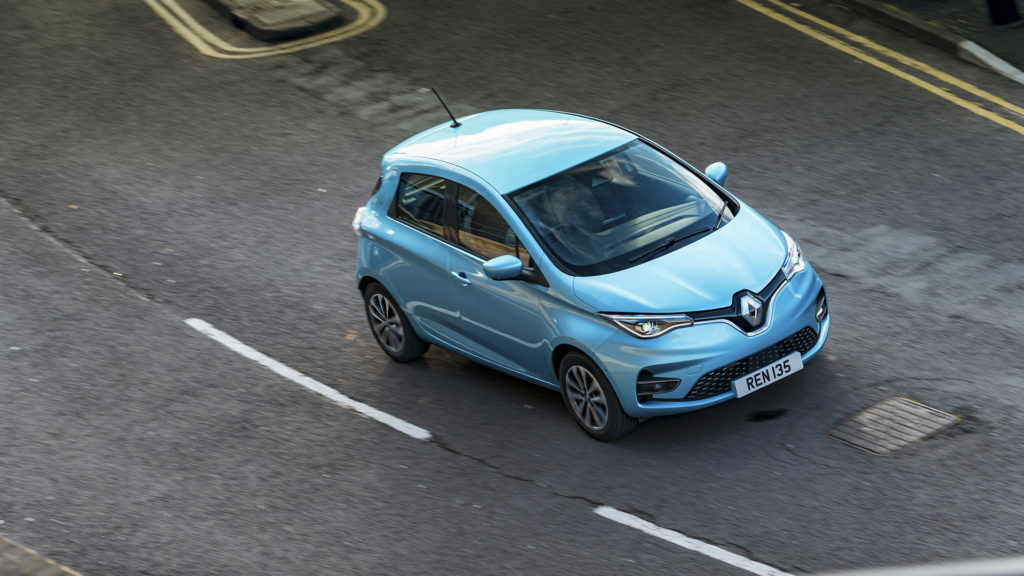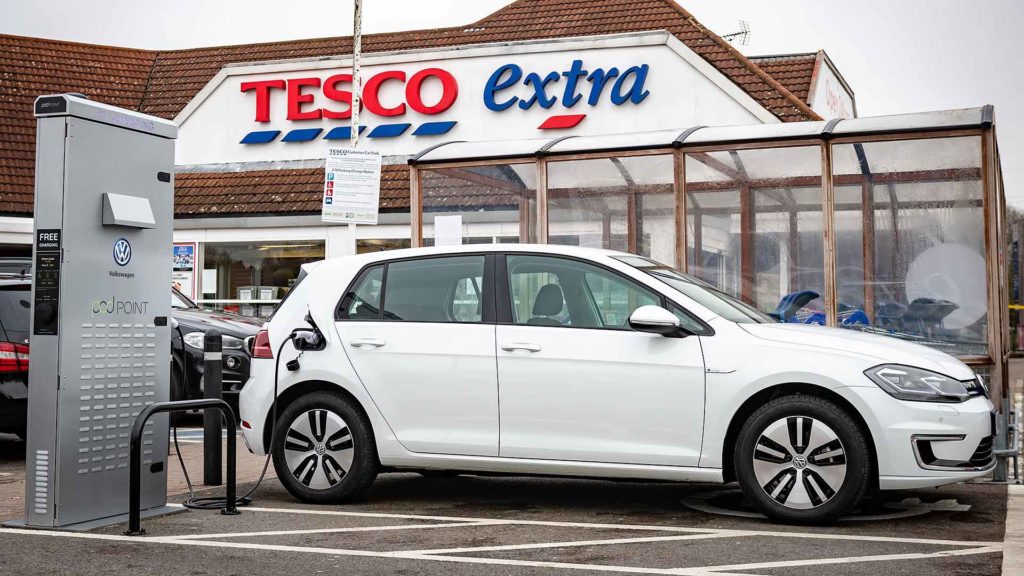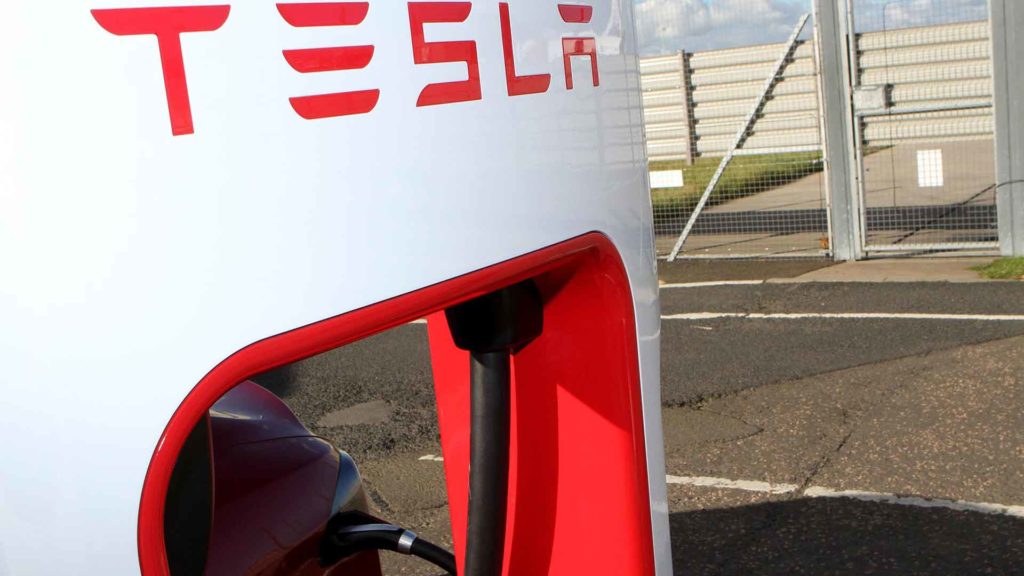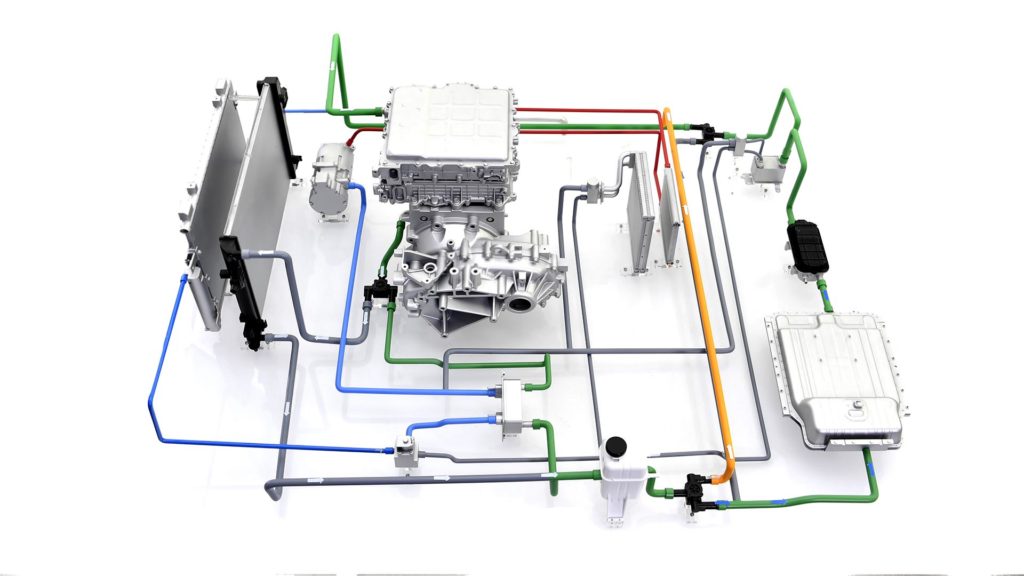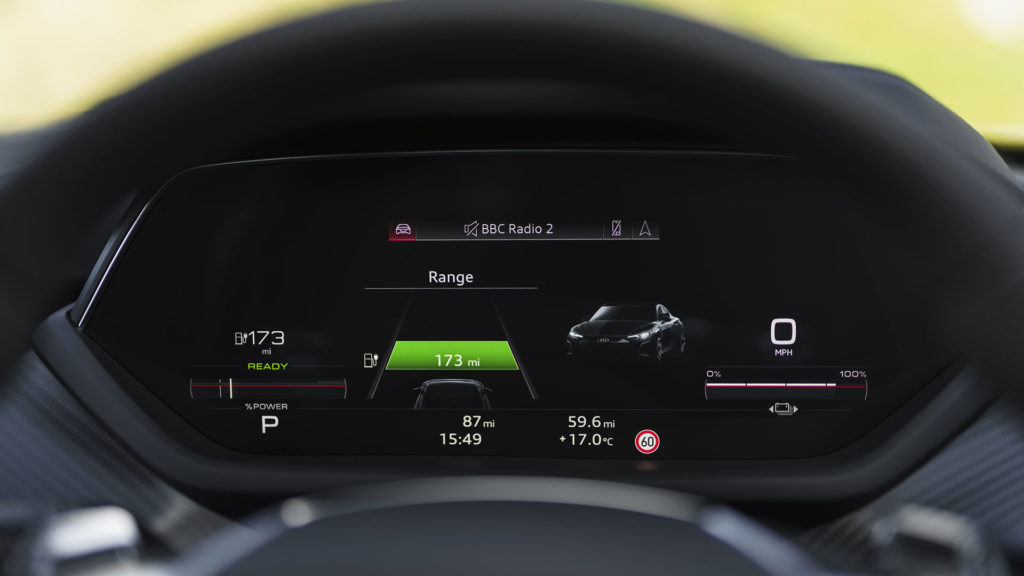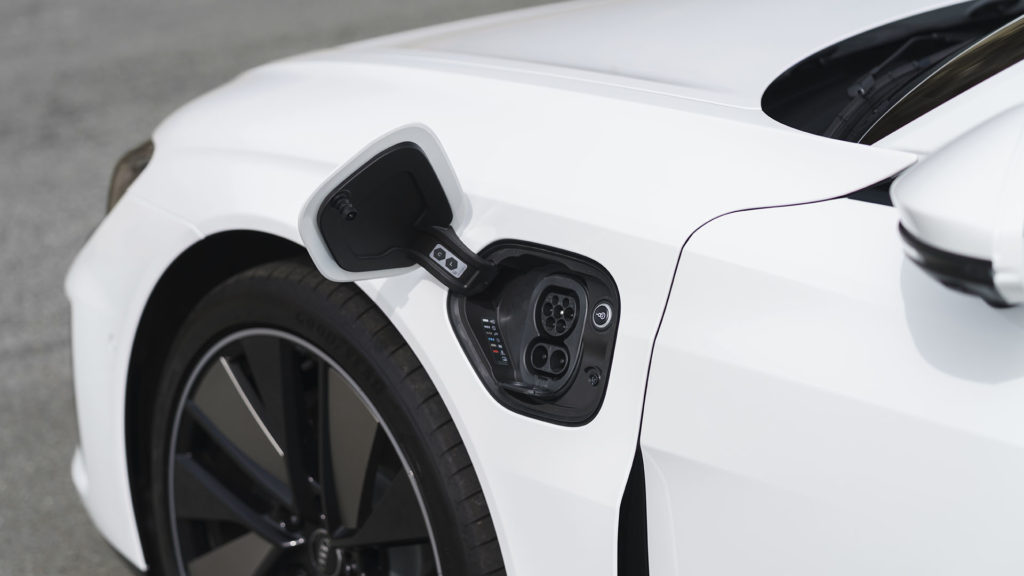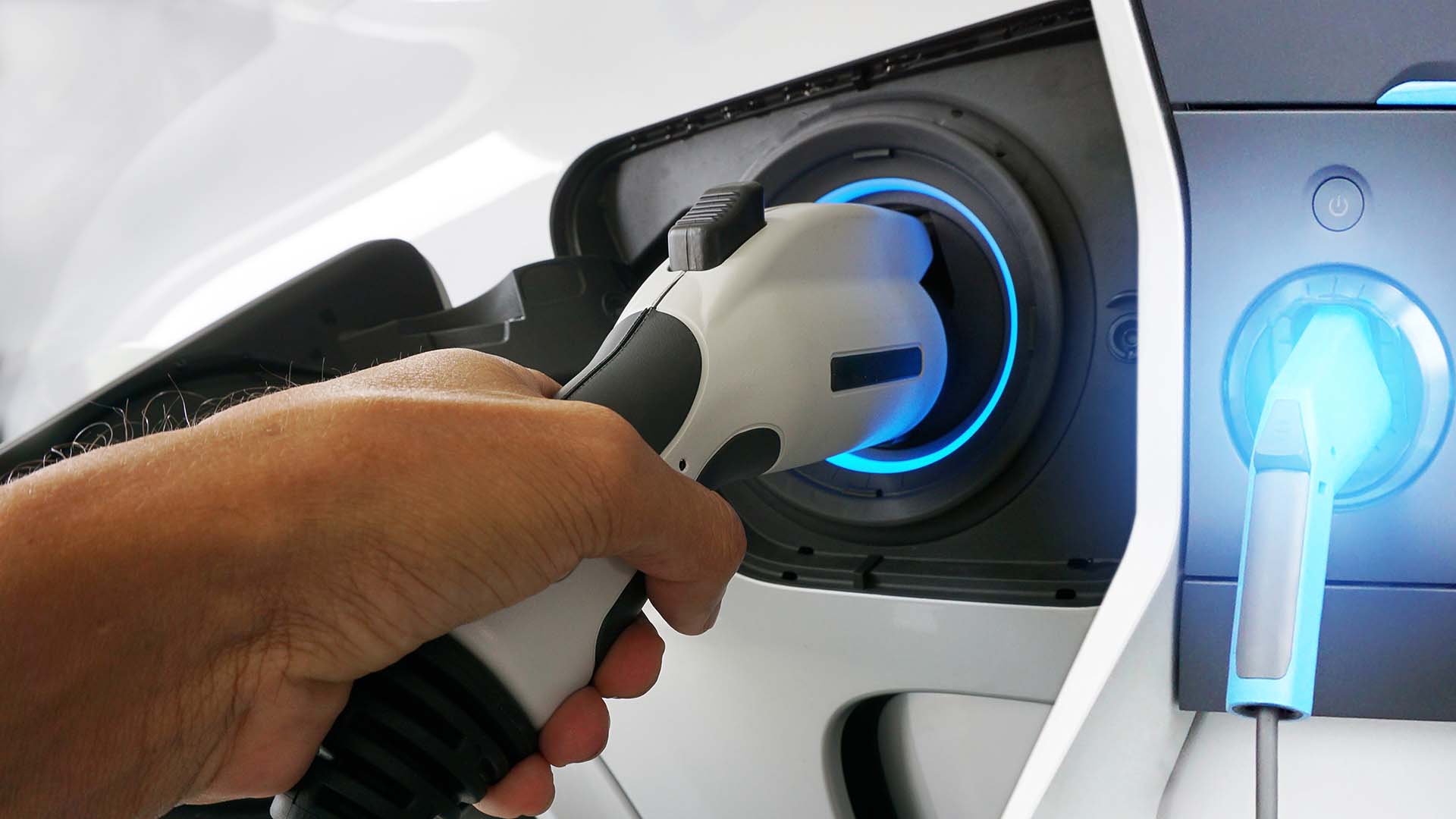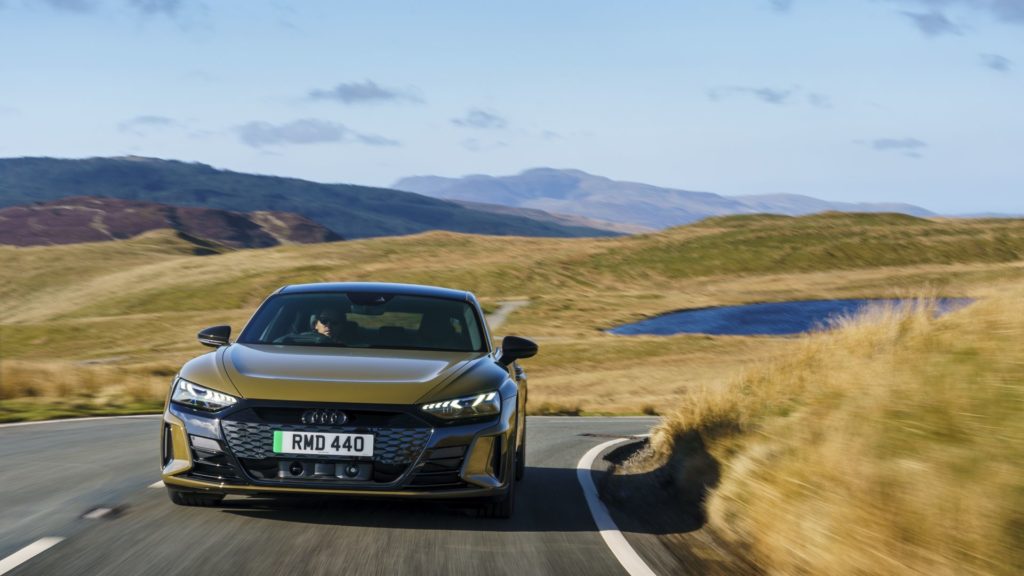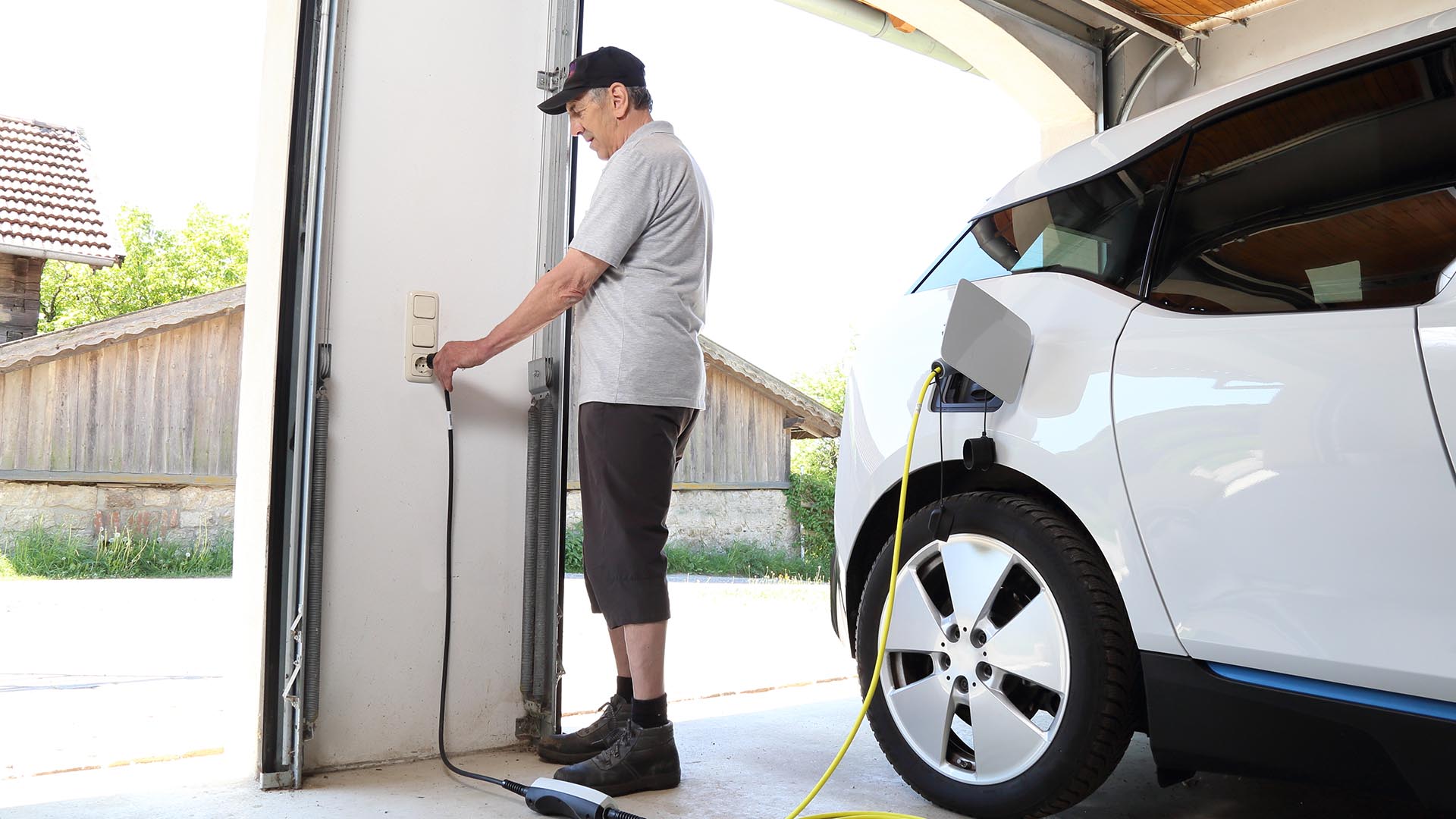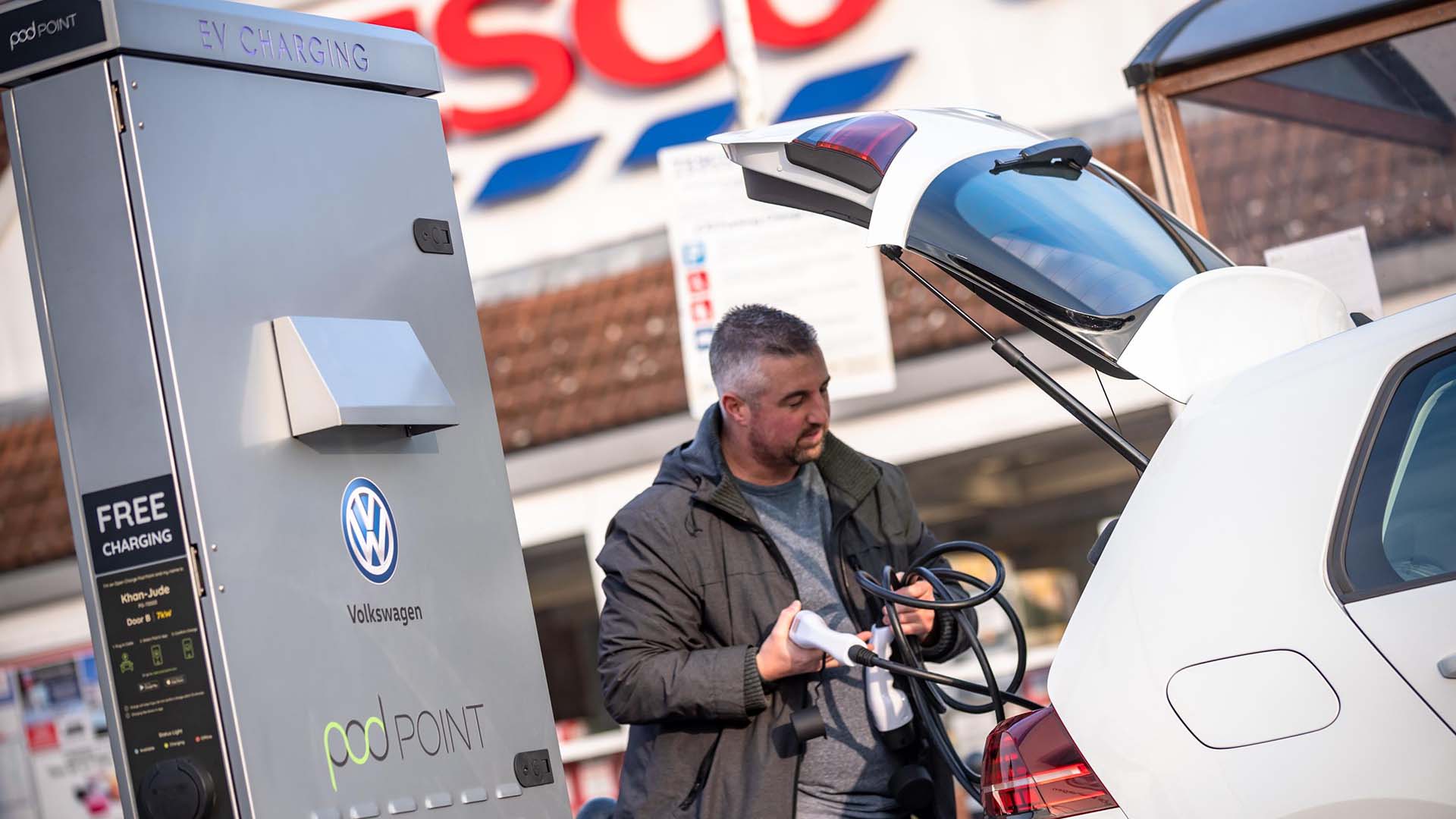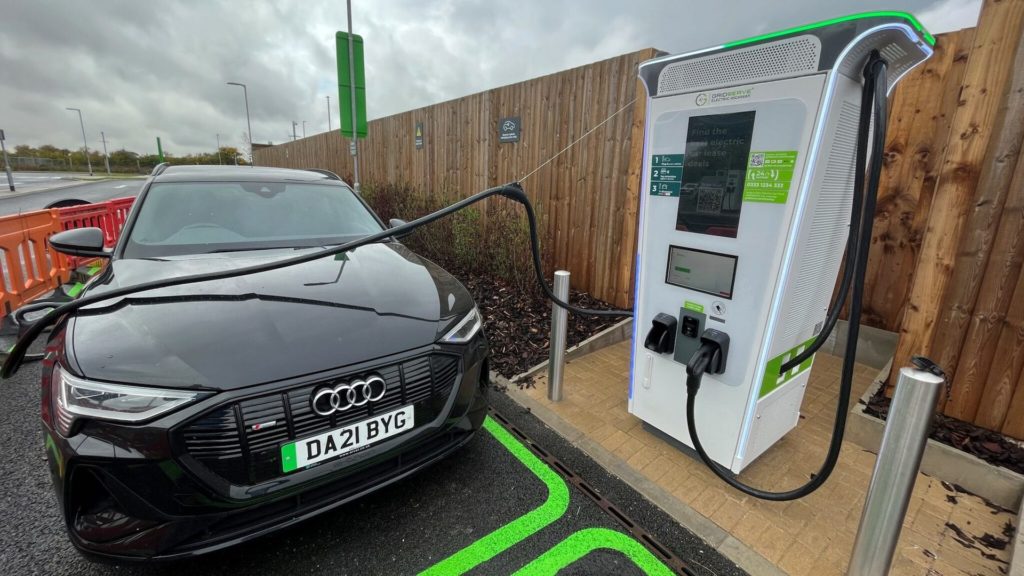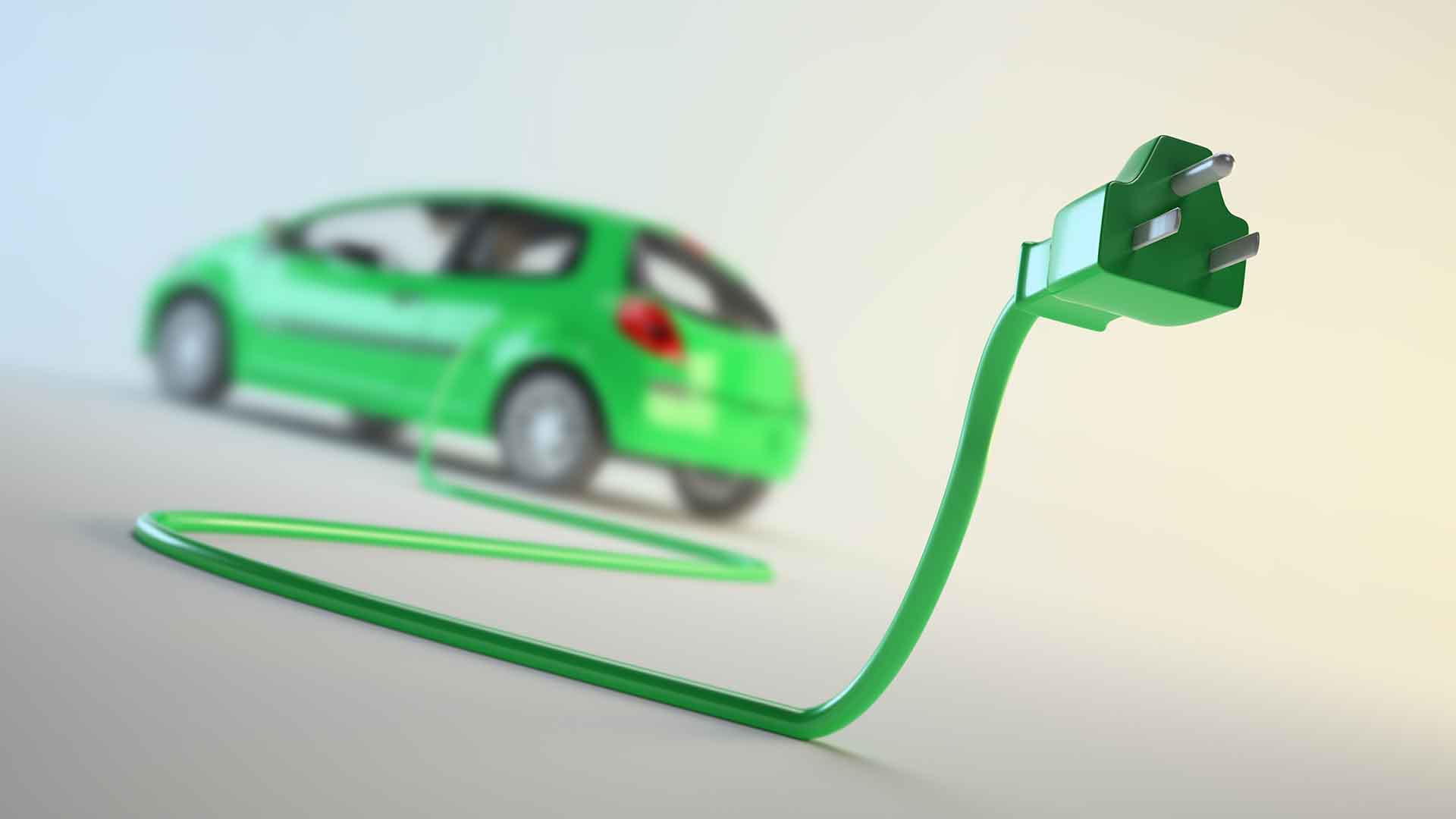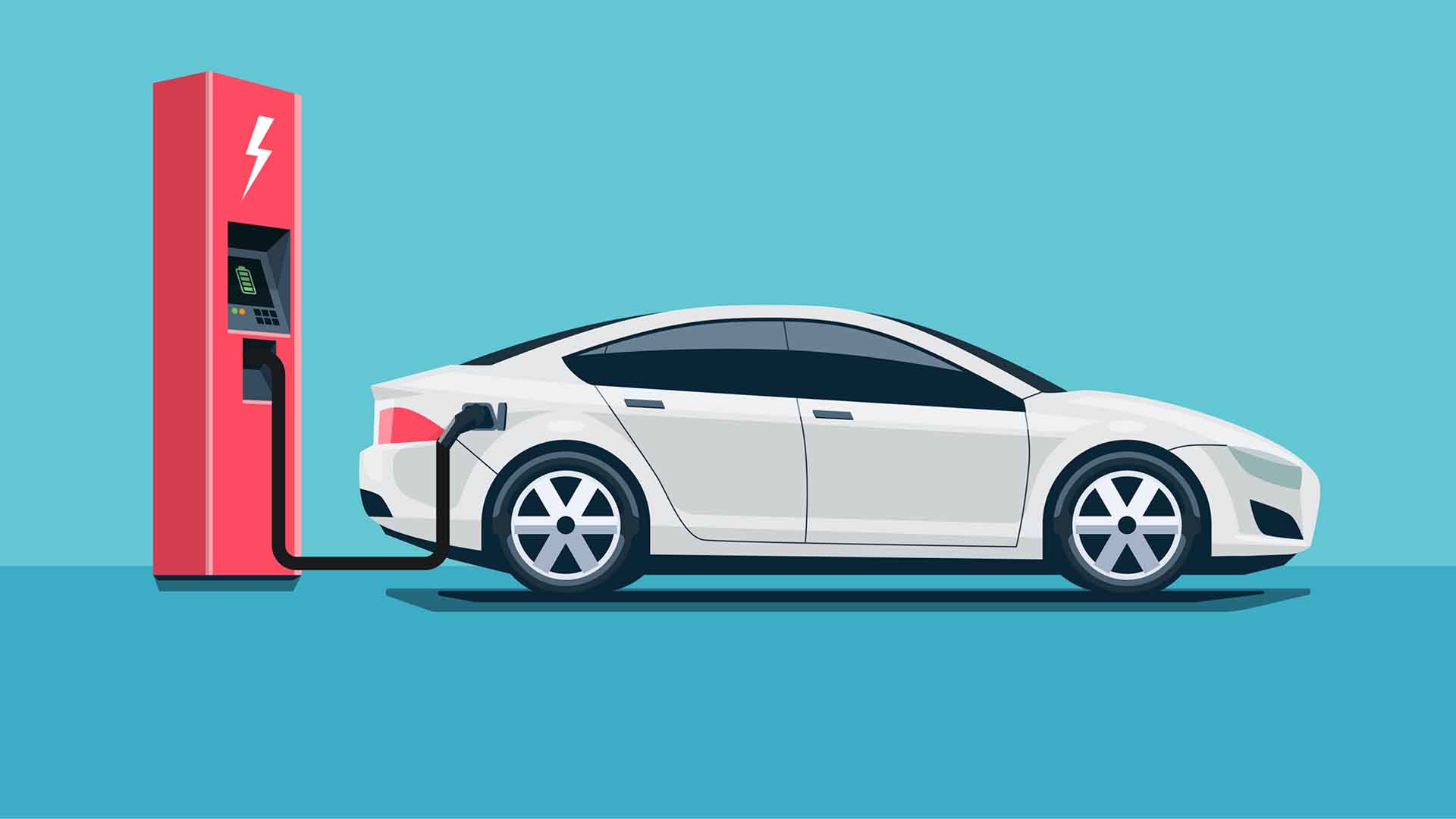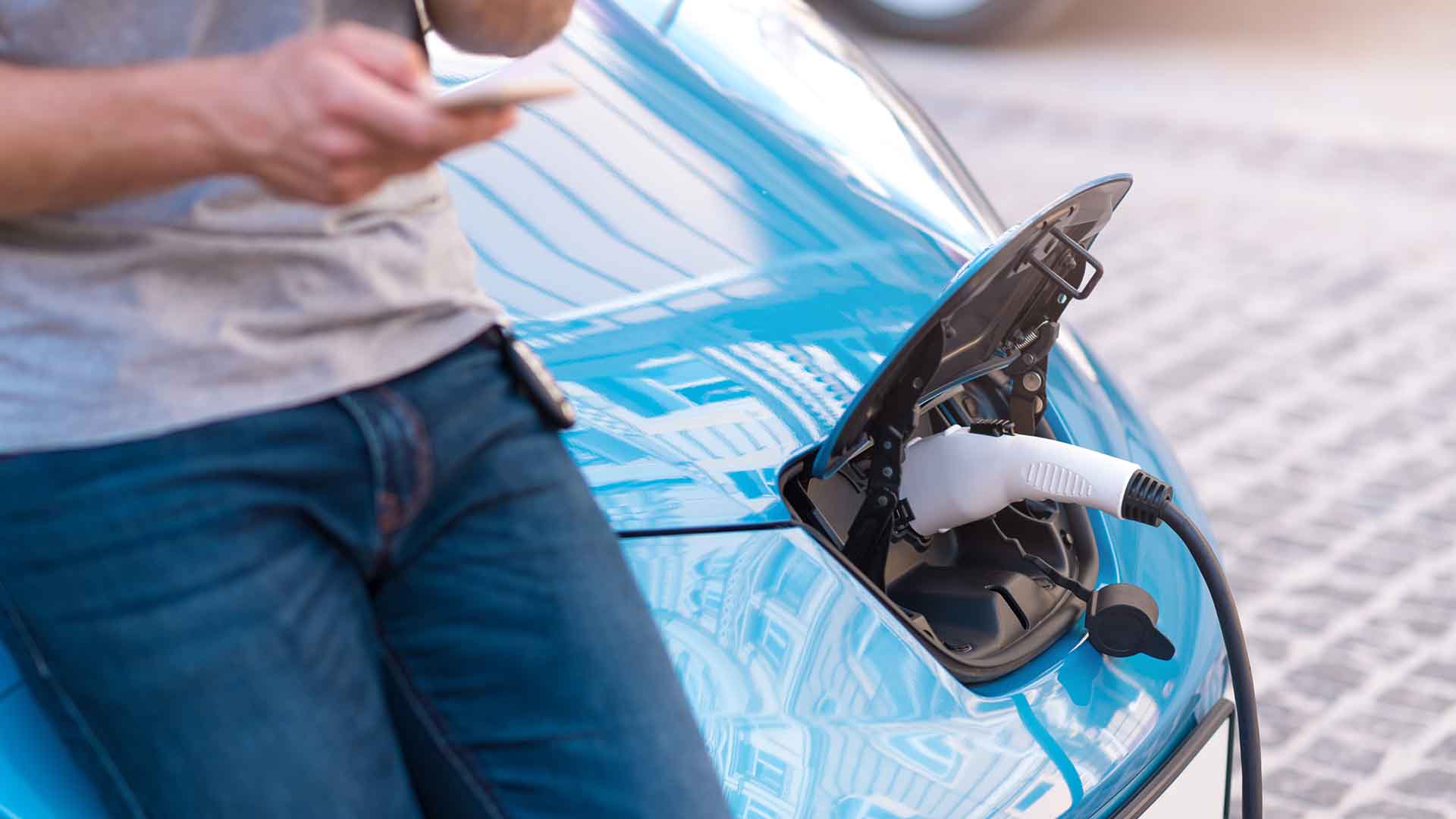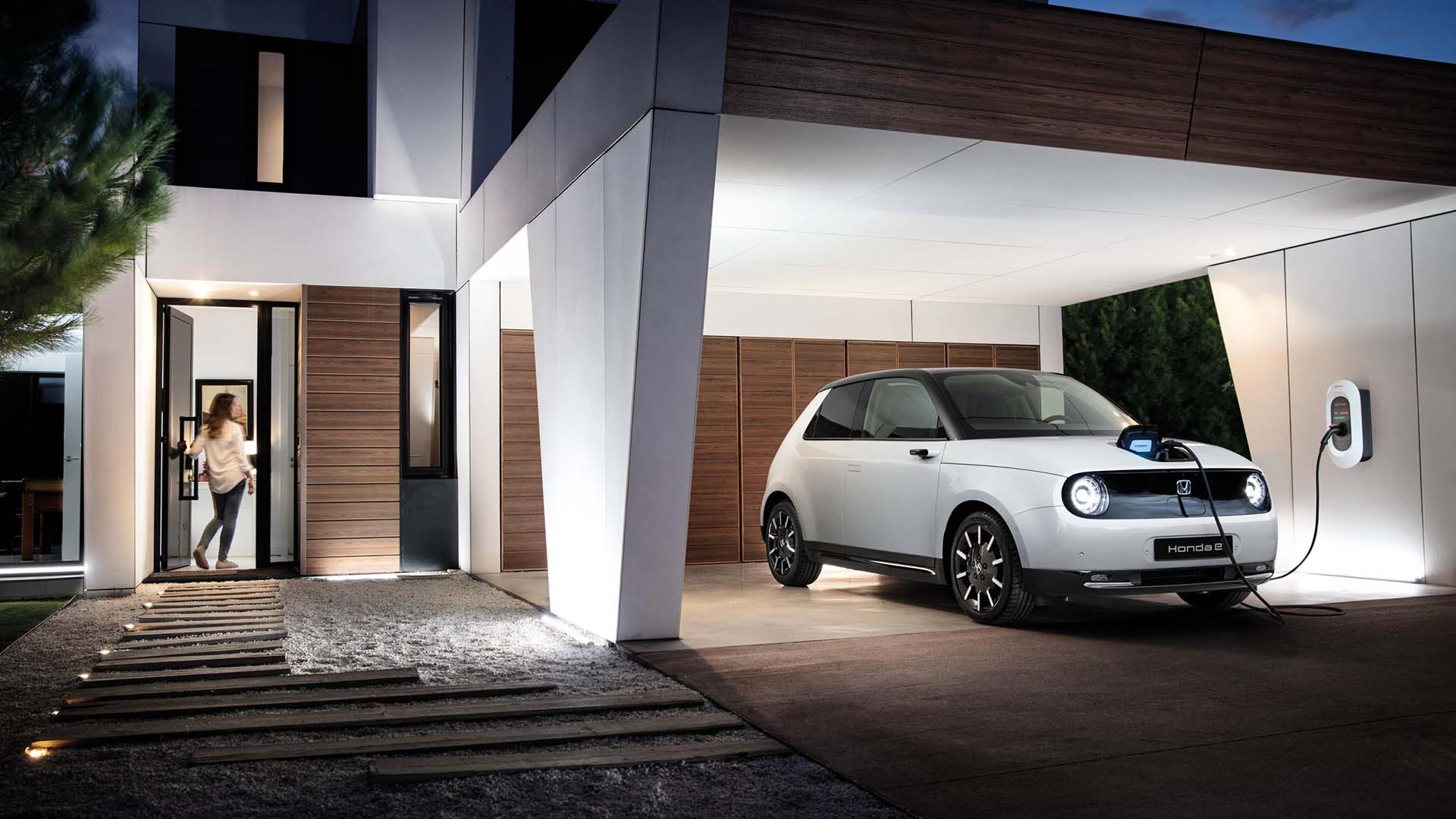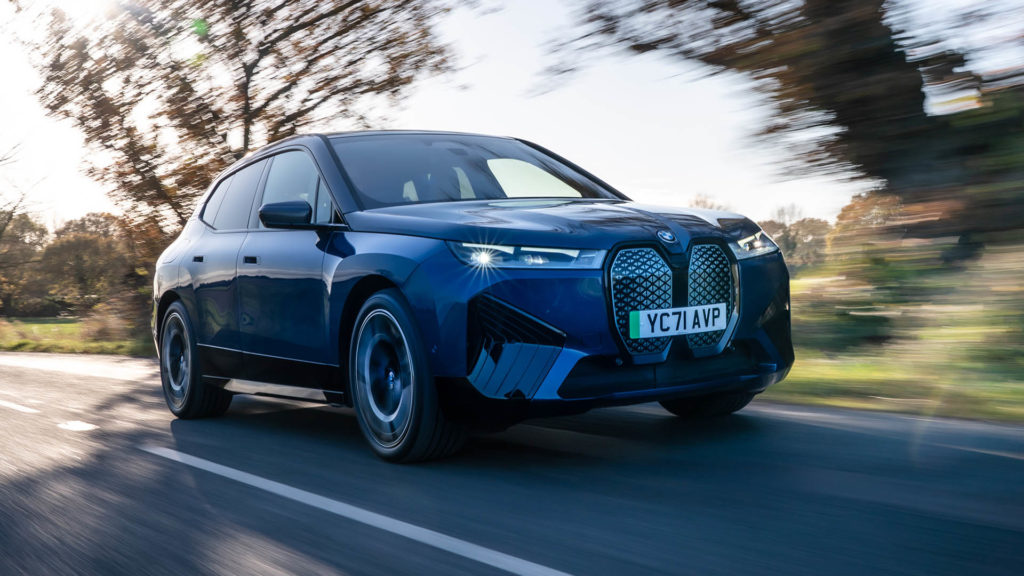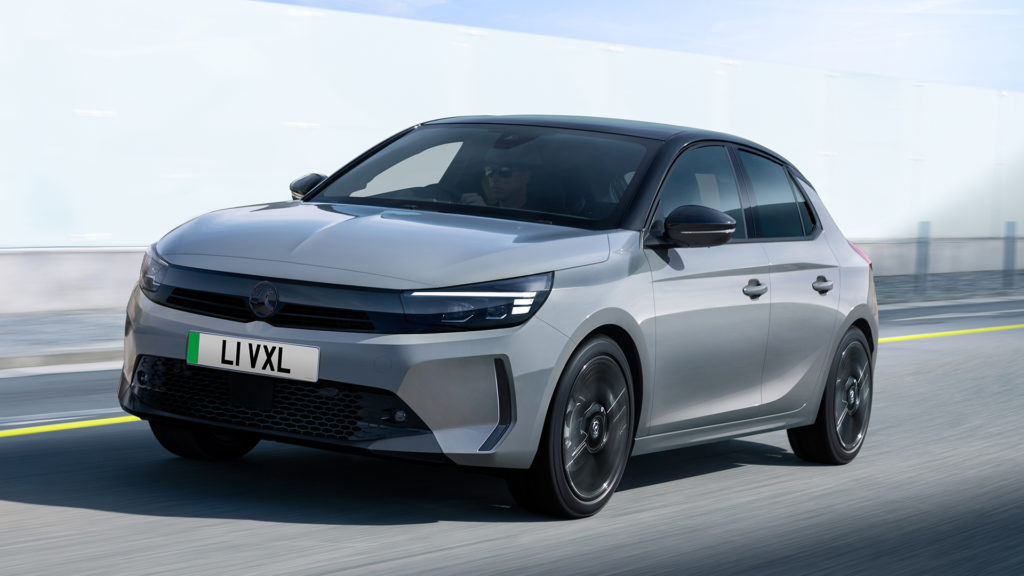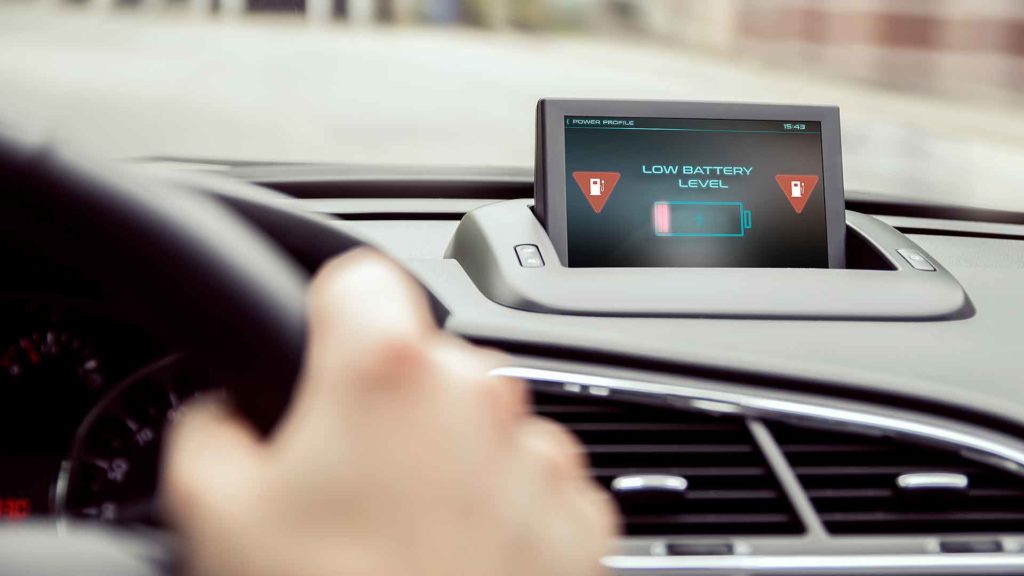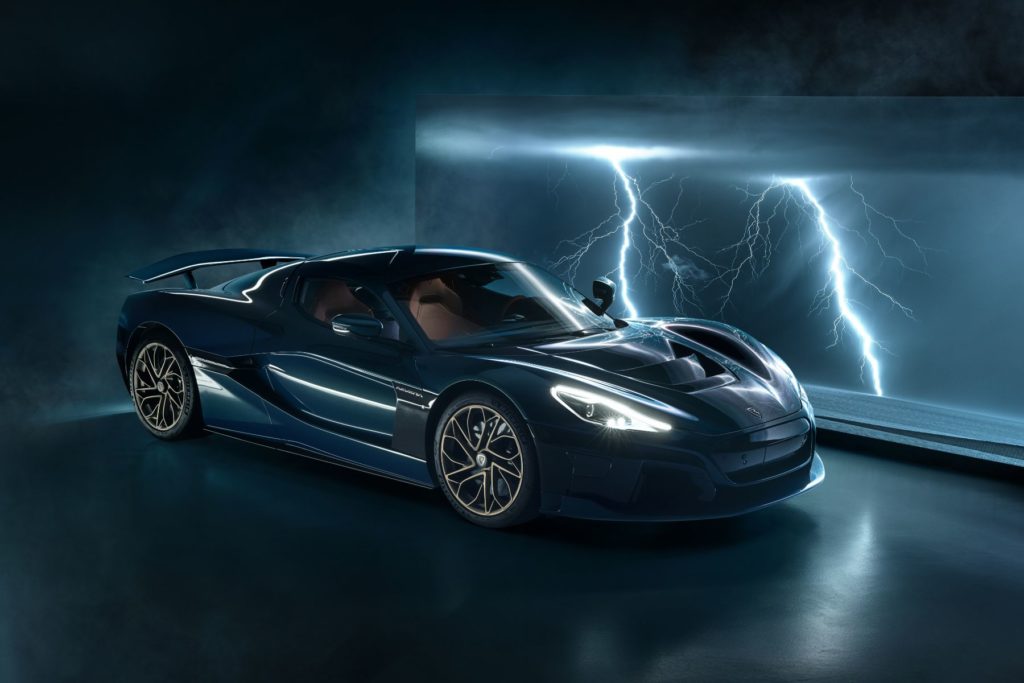You’ll need at least £3,000 to buy a used electric car, but think twice before reaching for your wallet. Because while some cars grow old gracefully, an ageing electric car could be an unwise investment.
The fact is, electric vehicles are developing at such a rate, even a car registered a decade ago might be completely outmoded – and less financially savvy than it first appears. To highlight this point, let’s consider the cheapest used electric cars you can buy.
Once upon a time, you were limited to just a handful of electric cars, three of which were simply rebadged versions of the same vehicle: the Peugeot Ion, Citroen C-Zero and Mitsubishi i-Miev. At the time of writing, several of these cars are advertised on Auto Trader for around the £3,000 mark.
Ludicrously expensive when new, these cars were actually pretty decent to drive, offered seating for four, and were well suited to city life. However, 80 miles of electric range is woefully inadequate in 2024, when 300 miles+ is now the norm.
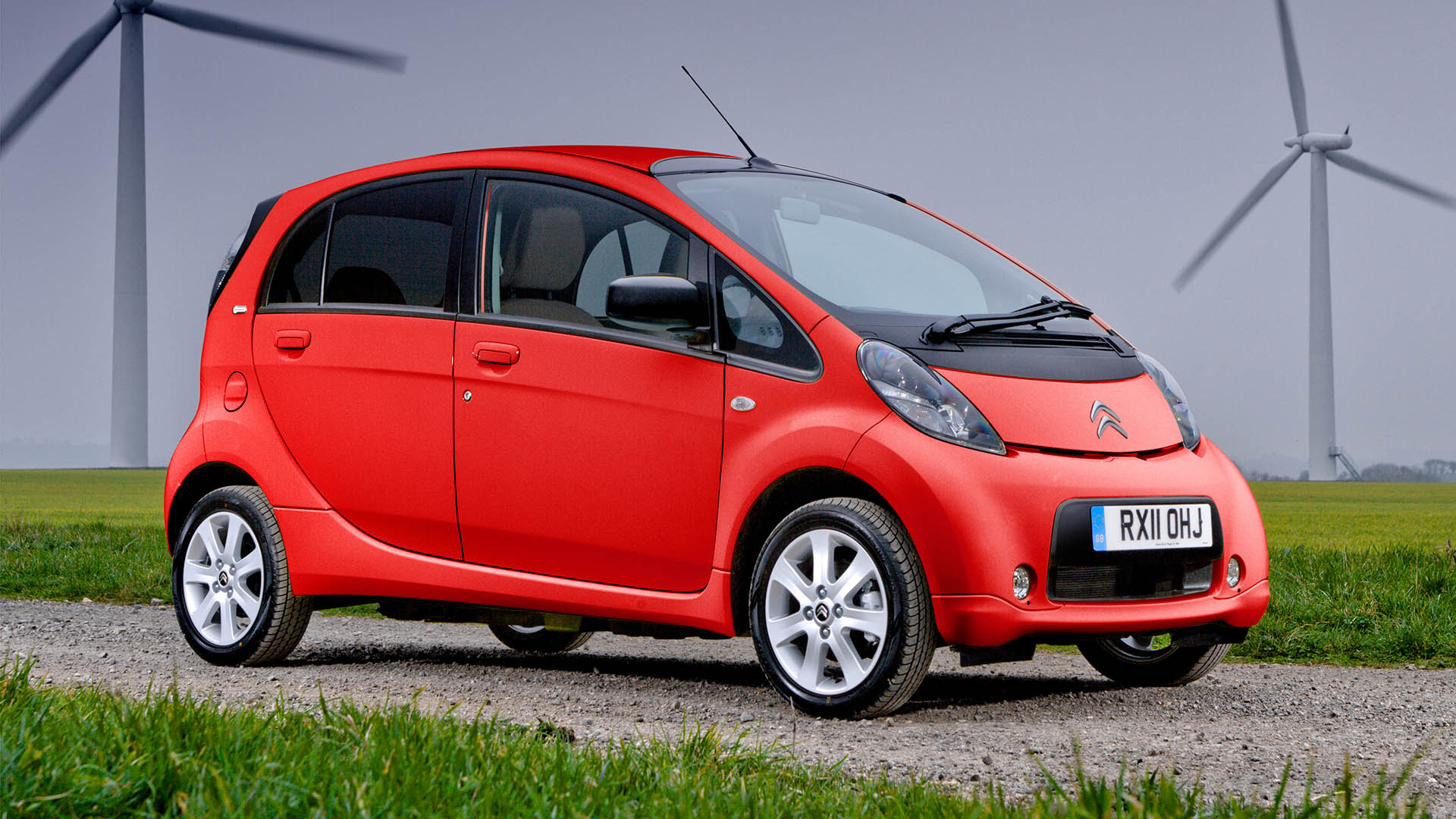
The other problem is the cost of a new battery pack. The Honest John website quotes a somewhat alarming figure of €22,610 (£19,391) plus tax. Given these cars were sold between 2011 and 2017, and EV batteries typically last around 10 years, that’s a potentially huge hit.
It’s also worth bearing in mind that batteries suffer from reduced range over time. This means you might struggle to achieve the distances quoted when the electric car was new. The problem may affect earlier Nissan Leafs, for example, although it is possible to replace faulty battery cells.
In fact, the Nissan Leaf would be our choice if you’re buying a used electric car on a budget. It blazed a trail for the industry, so there’s a wide selection of cars to choose from. At the time of writing there are around 1,200 for sale on Auto Trader, with prices from £3,000 to £32,000.
A range of 124 miles is a bit below par in the context of modern electric cars – the latest Leaf delivers up to 239 miles – but if you’re using the car for station runs and trips to the local shops, it should be fine.
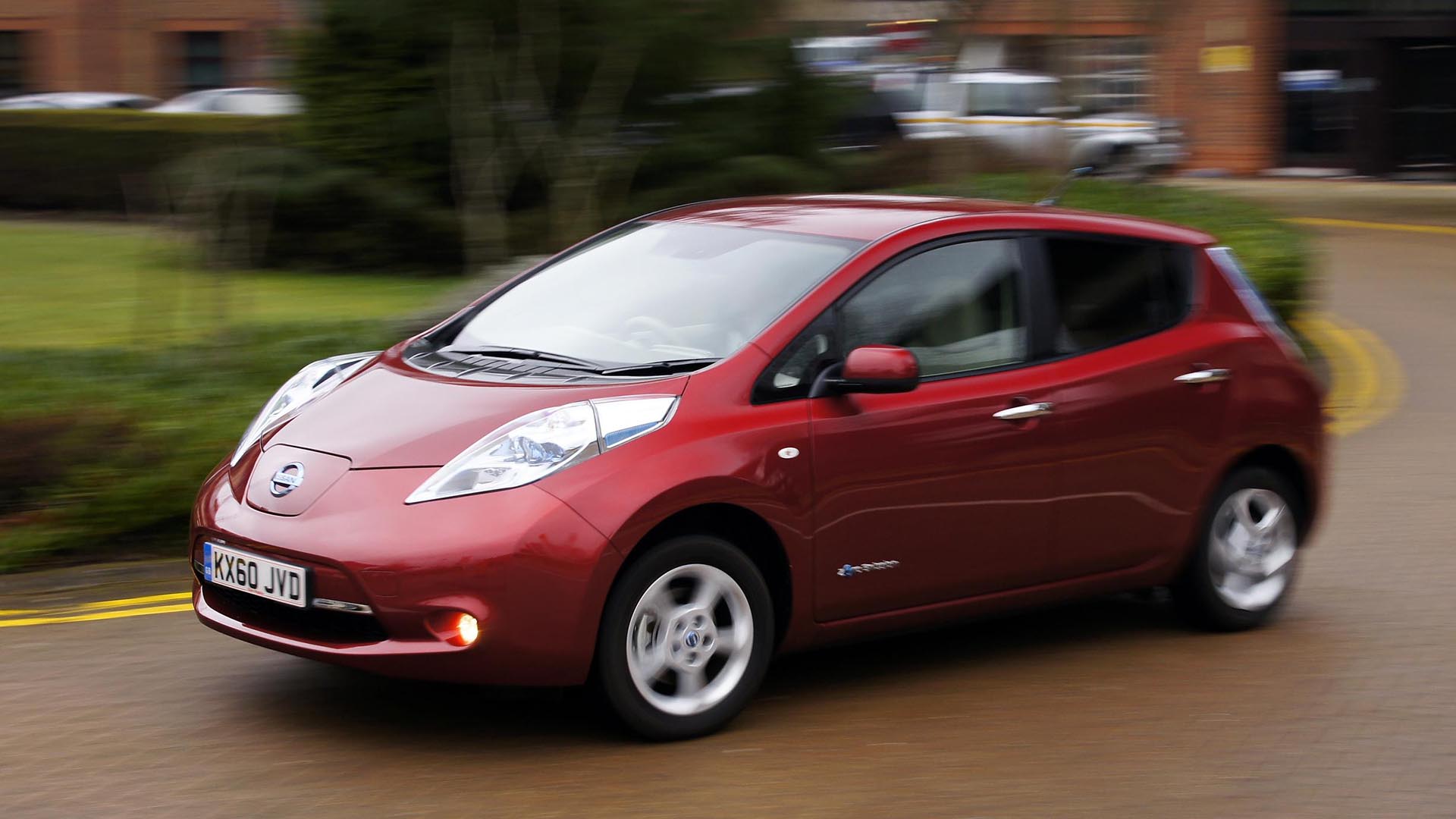
The Leaf came with a five-year or 60,000-mile battery warranty, so take this into account when buying a used example. A new battery will cost around £5,000, but you’ll get some money back in exchange for the old one.
For a few dollars more
Up your budget to £10,000 and the Leaf is still the most numerous car in the classifieds. However, other options include the Renault Zoe, Skoda Citigo and the excellent BMW i3.
Be warned with earlier examples of the Leaf and Zoe, however, that prices are unlikely to include the monthly cost of battery leasing – an unusual ownership model for these specific cars that has now been discontinued. Some owners may also have bought the battery outright.
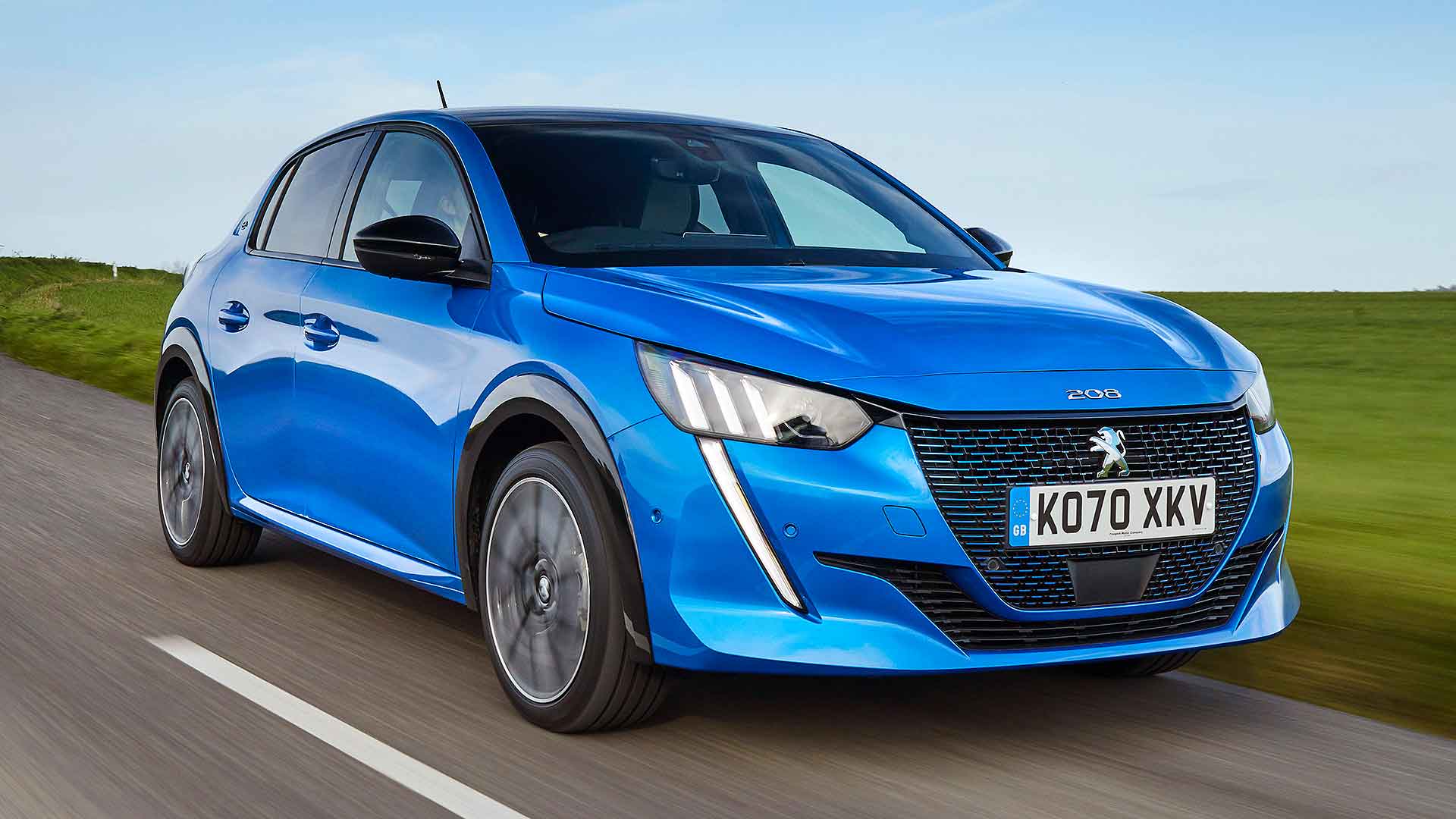
In truth, you’ll need to spend upwards of £15,000 for the pick of the used electric car crop. At this point, the likes of the Kia Soul EV, Peugeot e-208, Vauxhall Corsa-e and Hyundai Kona Electric become realistic prospects.
However, we’d recommend leasing an electric car, rather than buying one. You could find the monthly cost works out cheaper than the finance payments on a used car. Also, you won’t be left behind by rapid advances in electric car technology.
At the end of your two- or three-year leasing contract, simply return the car and lease a new one. It will almost certainly offer a longer range and take less time to charge, and it will come with the latest safety and connectivity tech.
ALSO READ:
What are the pros and cons of an electric car?
Is servicing and maintenance cheaper on an electric car?
What happens when an electric car runs out of battery charge?



